Page Created by Connecticut Foraging Club
Upcoming Events | Meet the Instructors | Plant Archive | Mushroom Archive
----------------
Upcoming Events | Meet the Instructors | Plant Archive | Mushroom Archive
----------------
Wild Carrot (Daucus carota) is an edible plant that was introduced here from Europe. Wild carrot, also known as Queen Anne’s Lace, is the same exact species as our cultivated carrot.
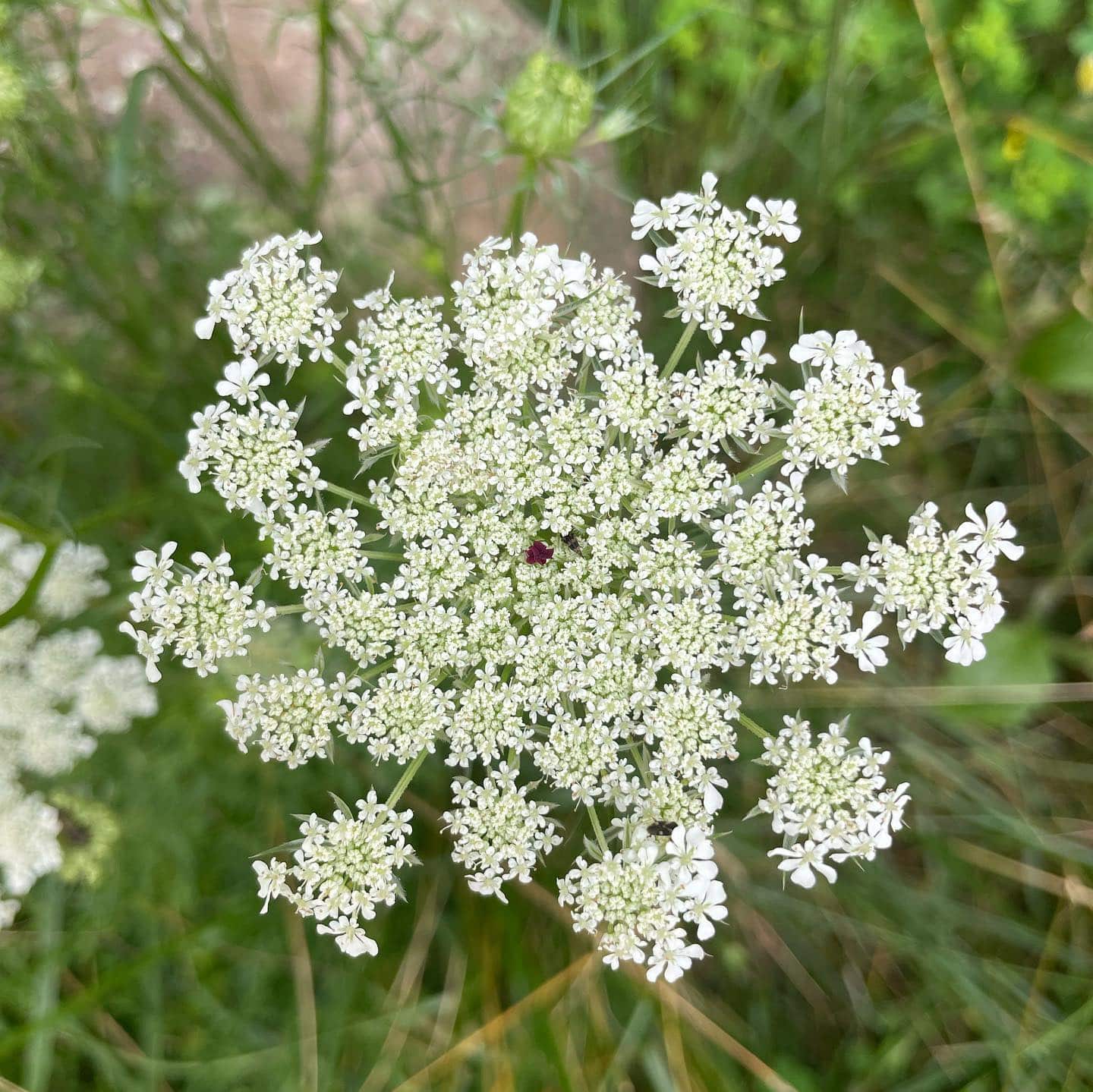
Wild carrot can be found in sunny fields, disturbed soils, and parks.
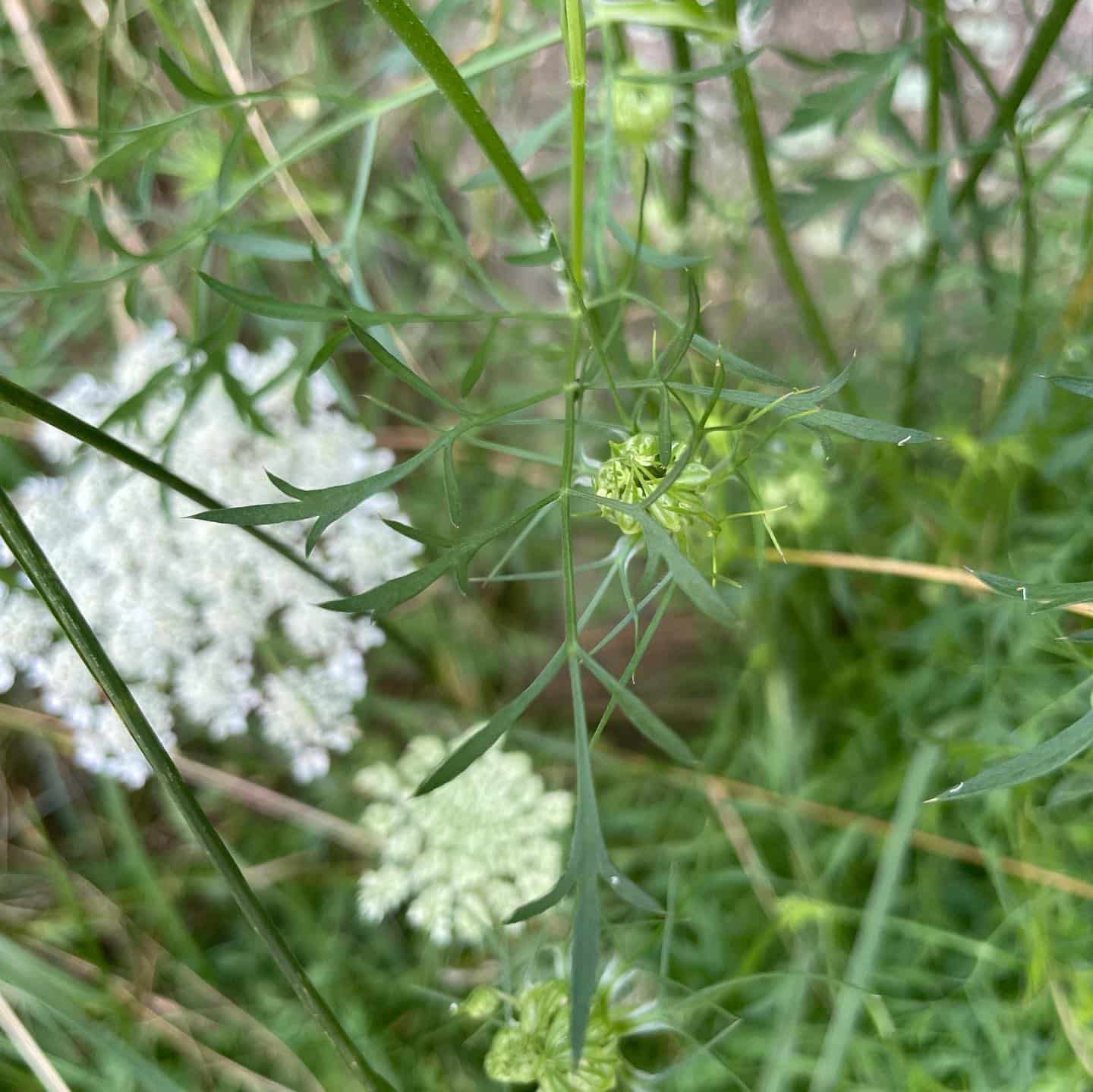
Wild carrot has finely divided, feathery leaves similar to our cultivated carrot. The taproot is off-white and tougher than cultivated carrots. The leaves have a carroty scent when rubbed. Leafstalks are hairy.
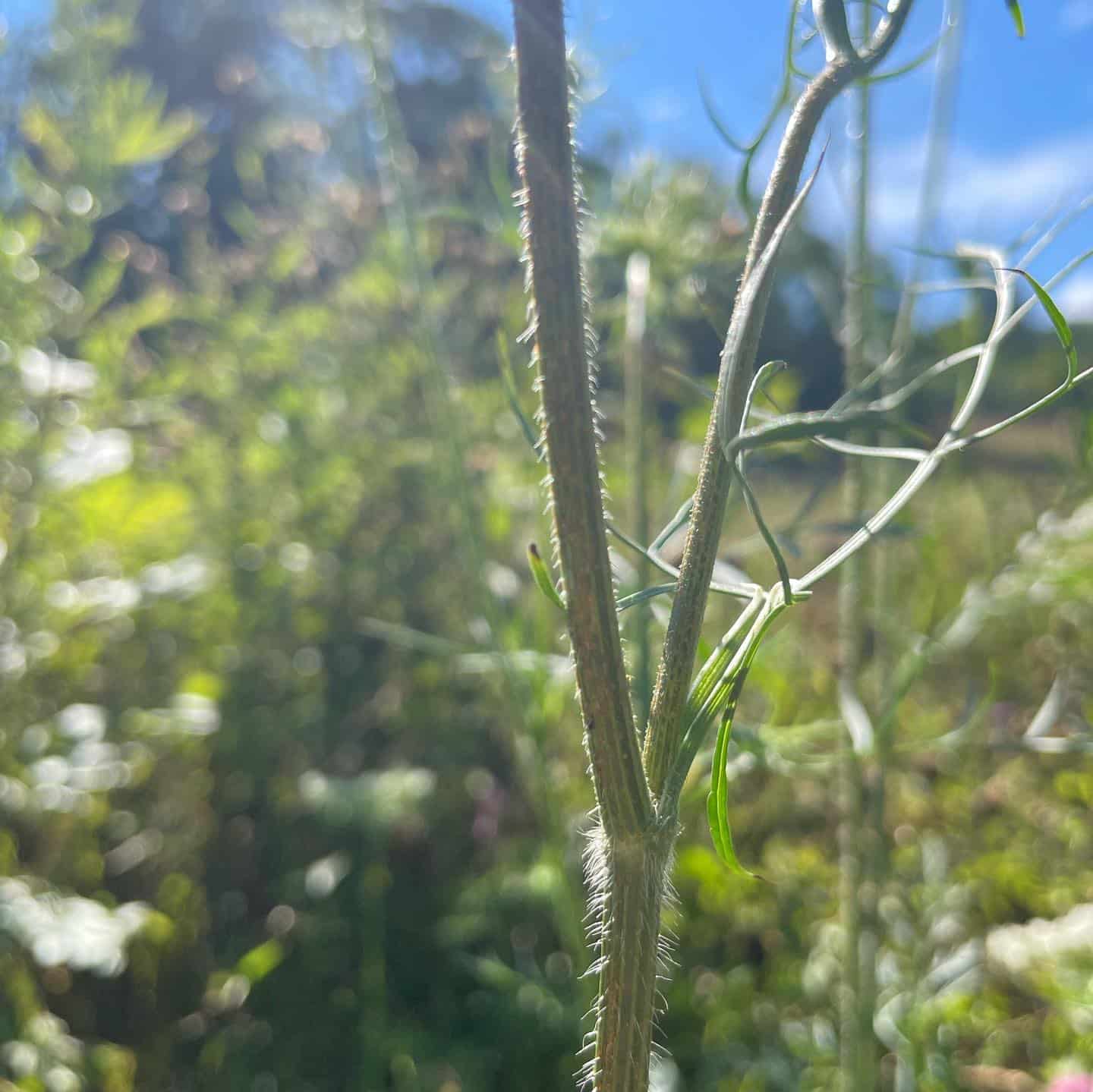
Wild carrots are biennials. The first-year plants produce only leaves, while the second-year plants produce flowers. Wild carrot flowers often have a single purple floret in the center. This is a characteristic that the poisonous look-a-likes lack.
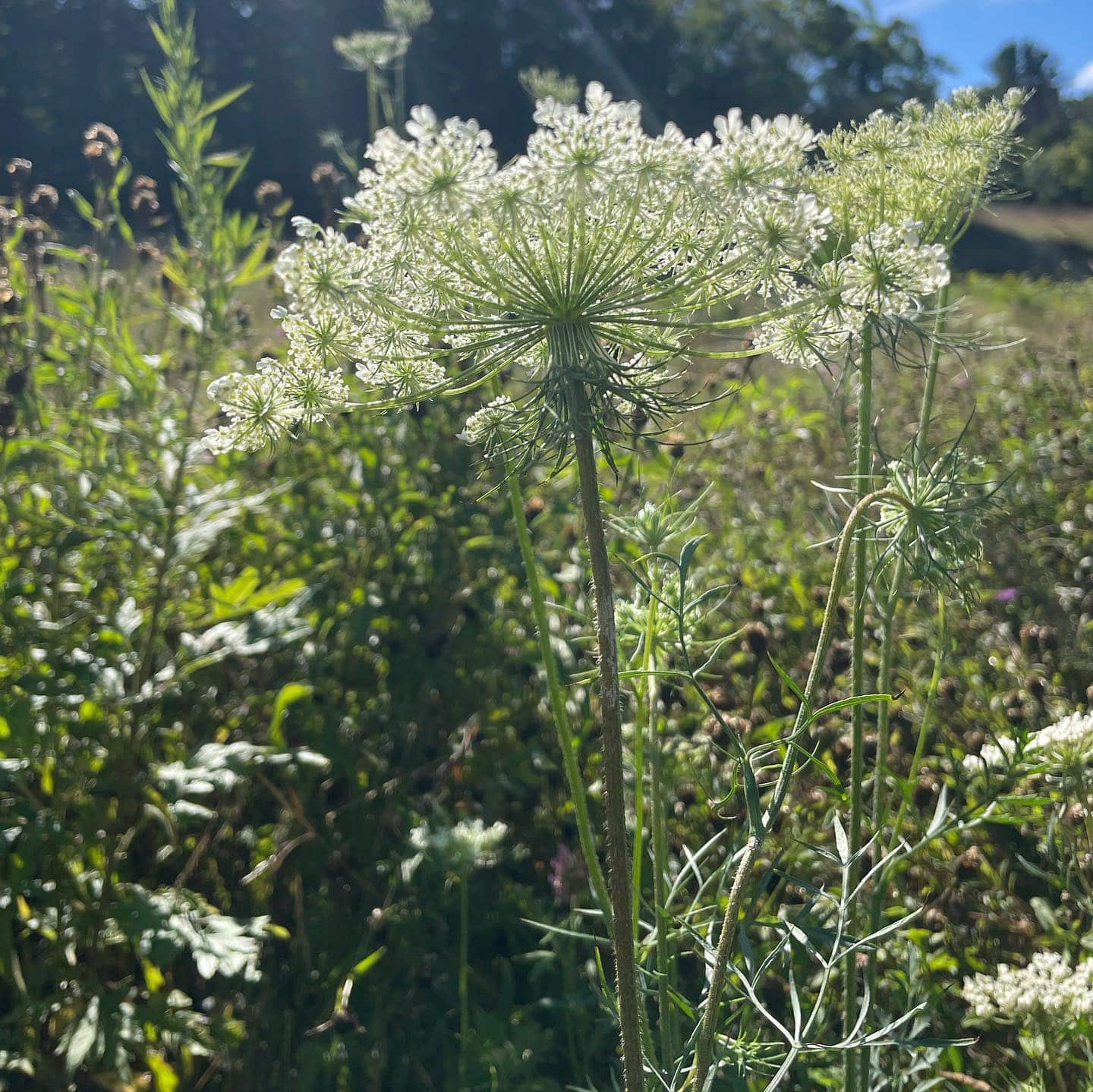
In late summer, the wild carrot flower folds up around small seeds that are covered in hairs. At this point the flower resembles a bird’s nest-like cup.
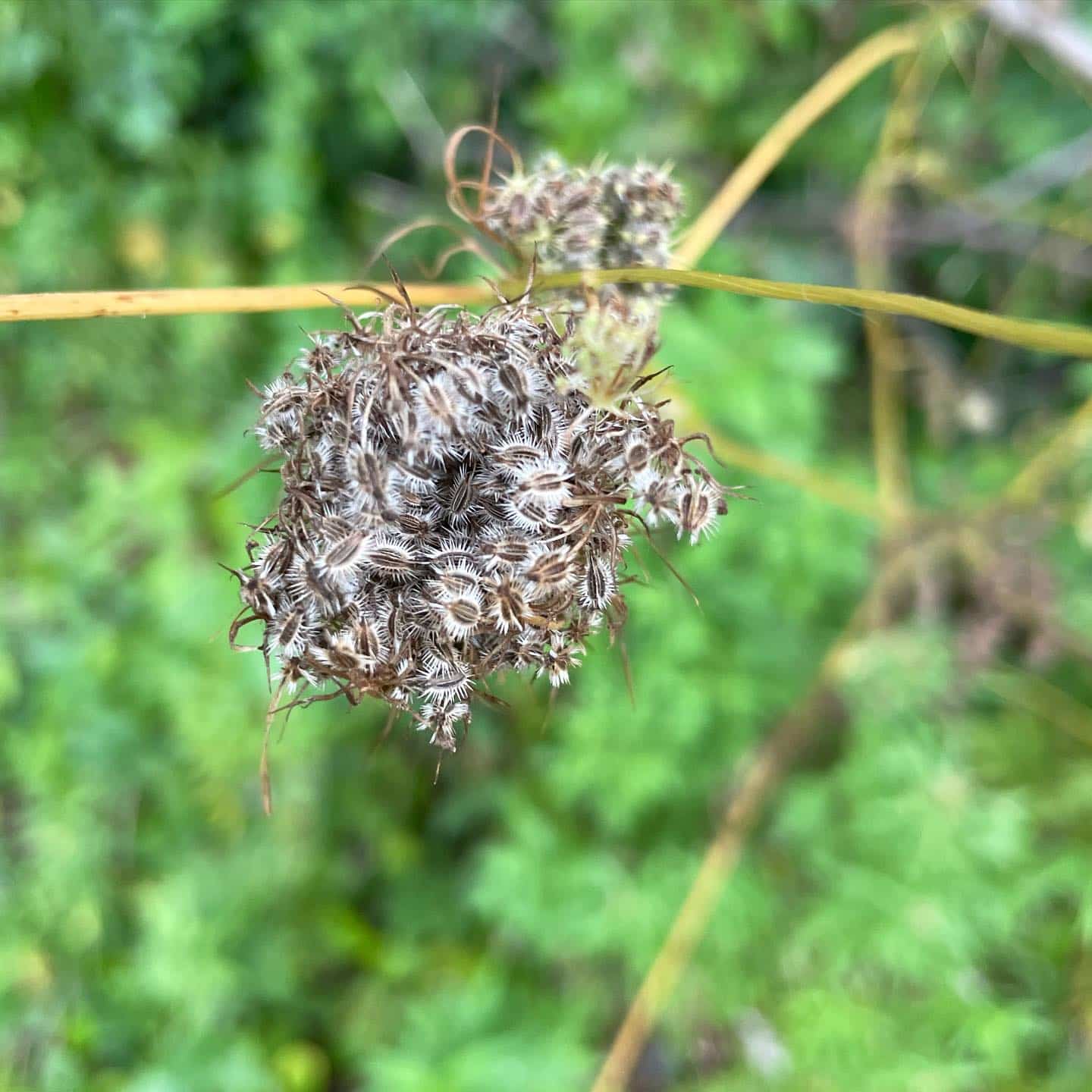
All parts of the wild carrot plant are edible. Roots can be collected fall-early spring from the first-year plants. Leaves can be collected spring-fall. Flowers can be collected in the summer, and seeds can be collected in late summer.
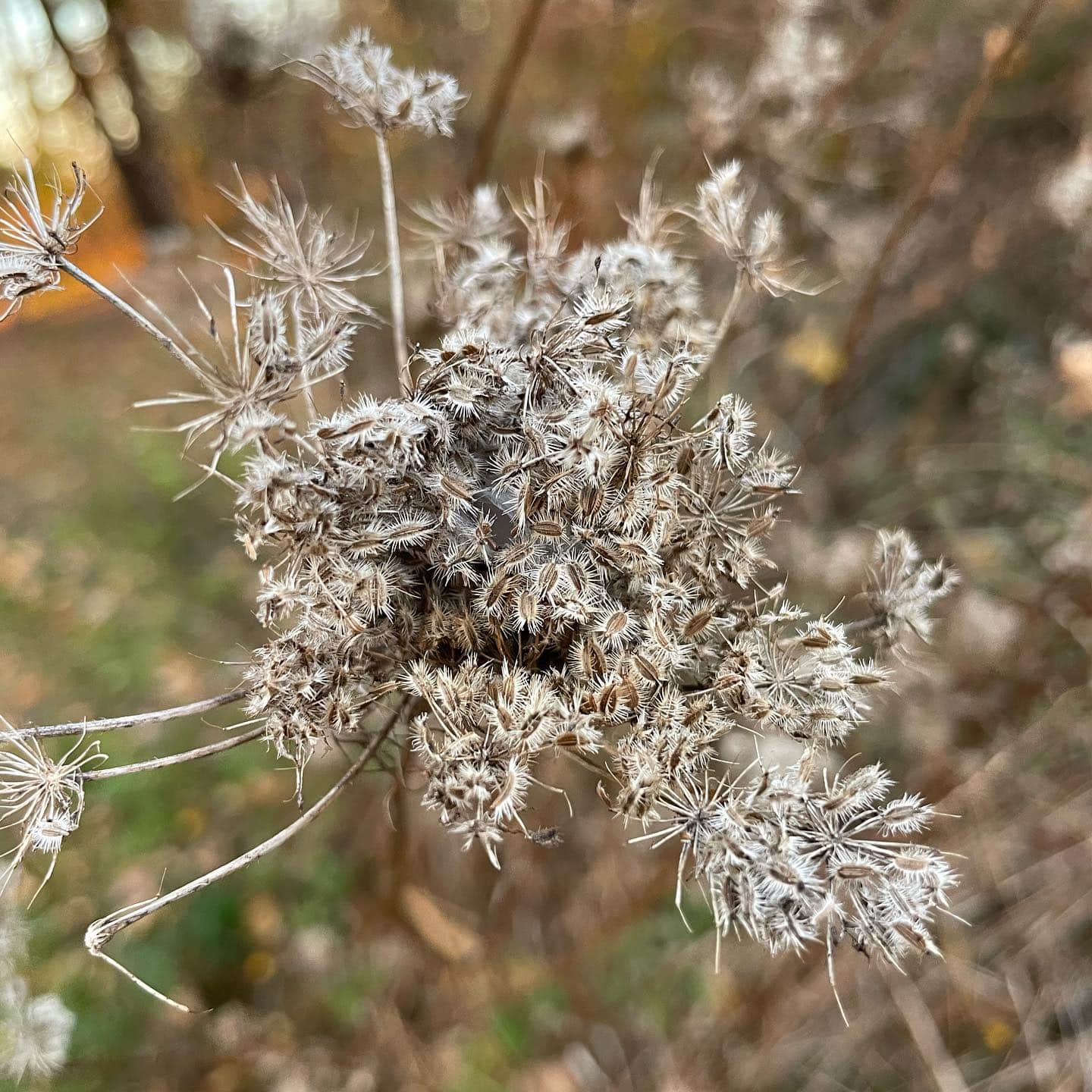
The roots are much tougher than cultivated carrots, so are best grated and added to carrot bread or muffins. Seeds can be collected, dried, and then ground to give an anise-like aroma to dishes.
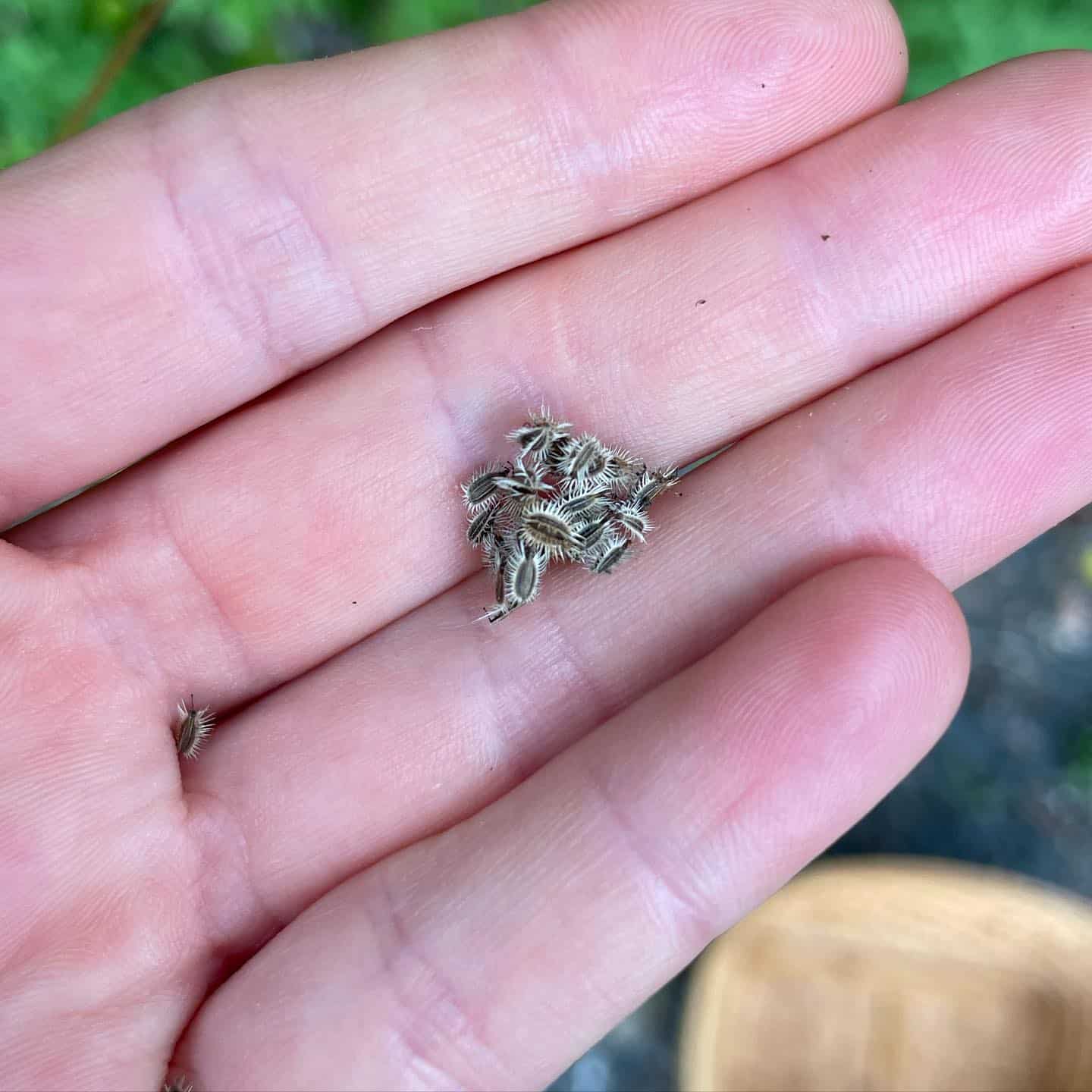
Wild carrot must be differentiated from poison hemlock (Conium maculatum). Poison hemlock stalks are hairless and often spotted purple. The blooms have multiple flower stems born off of a main stalk. The flowers are also less dense and lack the single purple flower in the center. Poison hemlock lacks the carroty aroma in its leaves and roots.
--
Written by Amy Demers, founder of the Connecticut Foraging Club. To learn more about foraging in Connecticut, check out our upcoming classes.






